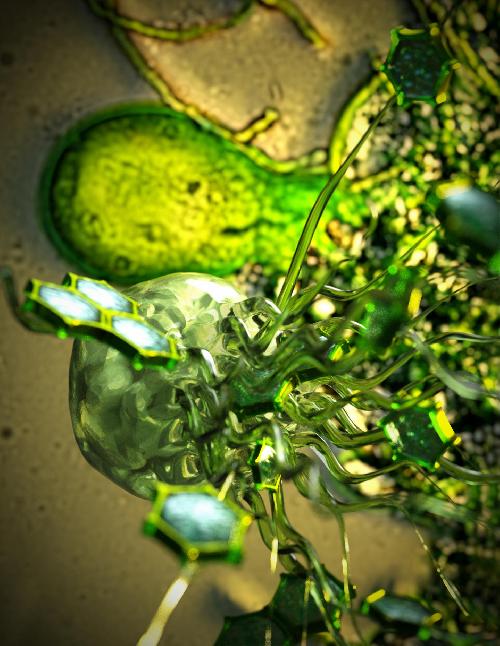Researchers have created a library of fungi-secreted enzymes that breakdown plant biomass, which is no easy feat for man, and mapped out how these enzymes function together. The results could help simplify and lower the costs of biofuel production. Lignocellulose, or plant dry matter, is the most abundant material available on Earth for the production of biofuels, including ethanol. Yet current methods to convert such biomass into fuel require costly pretreatment processes. Fungi within the guts of herbivores are highly efficient at breaking down lignocellulose. Therefore Kevin Solomon et al. took samples of feces of herbivorous mammals with different diets, isolating three previously uncharacterized cultures: Anaeromyces robustus, Neocallimastix californiae, and Piromyces finnis. The ability of enzymes from these fungi to breakdown lignocellulose was comparable to fungi that are currently used commercially, and in some cases outperformed those fungi. Piromyces, in particular, displayed as much as a 300% increase in degradation of a component of the plant cells wall. The authors note that enzyme synergy, rather than diversity, was a key driver for the superior biomass degradation abilities of Piromyces. Their data suggest that certain enzymes work quickly and coordinate closely to breakdown the tough exterior of plant cells. To gain more insights into this synergy, they subjected Piromyces cultures to a dose of glucose followed by exposure to reed canary grass and monitored changes in RNA transcription. Through these changes, the research identified 17 transcripts that co-regulate the biomass degradation process, which could serve as useful degrading enzymes for biotechnology.






Comments